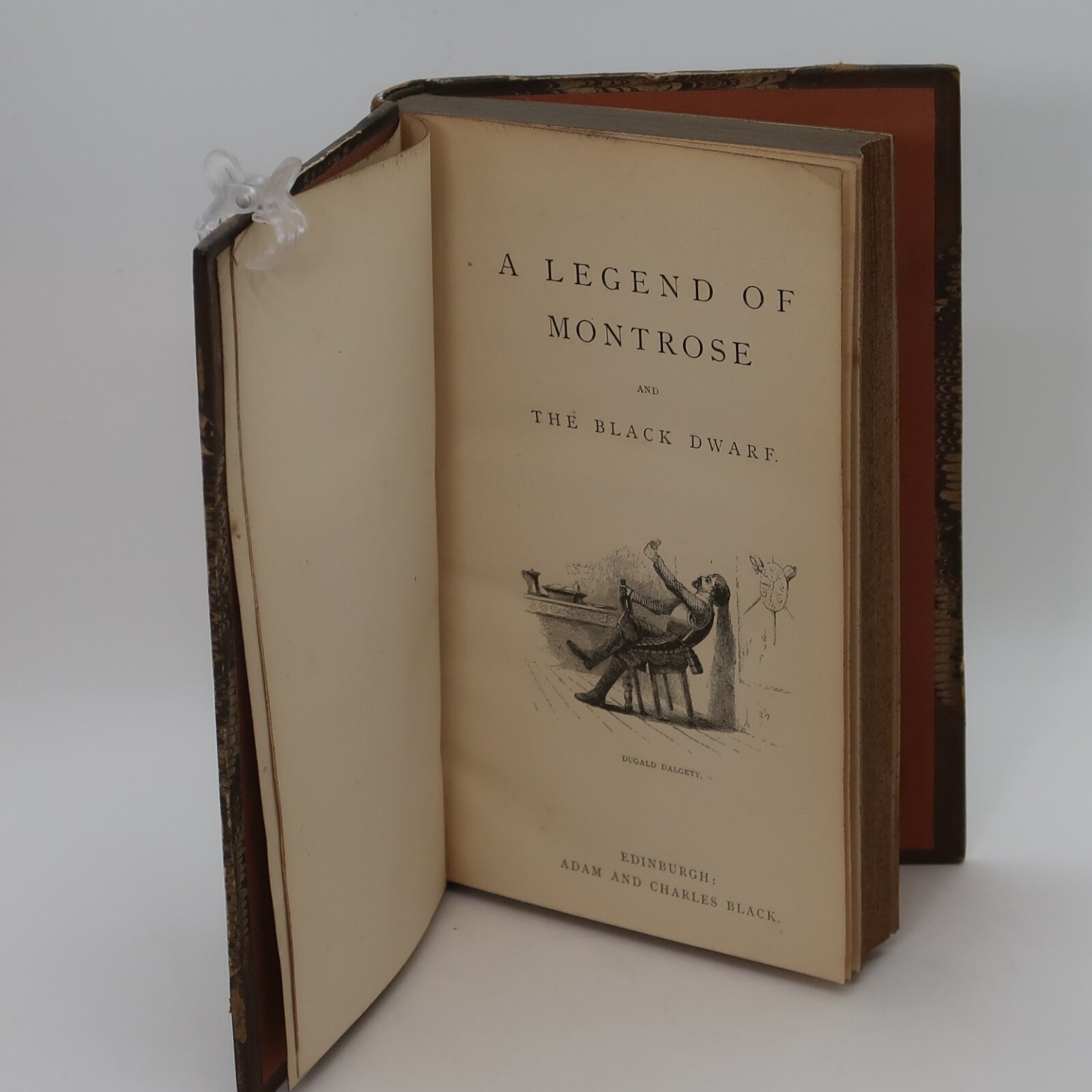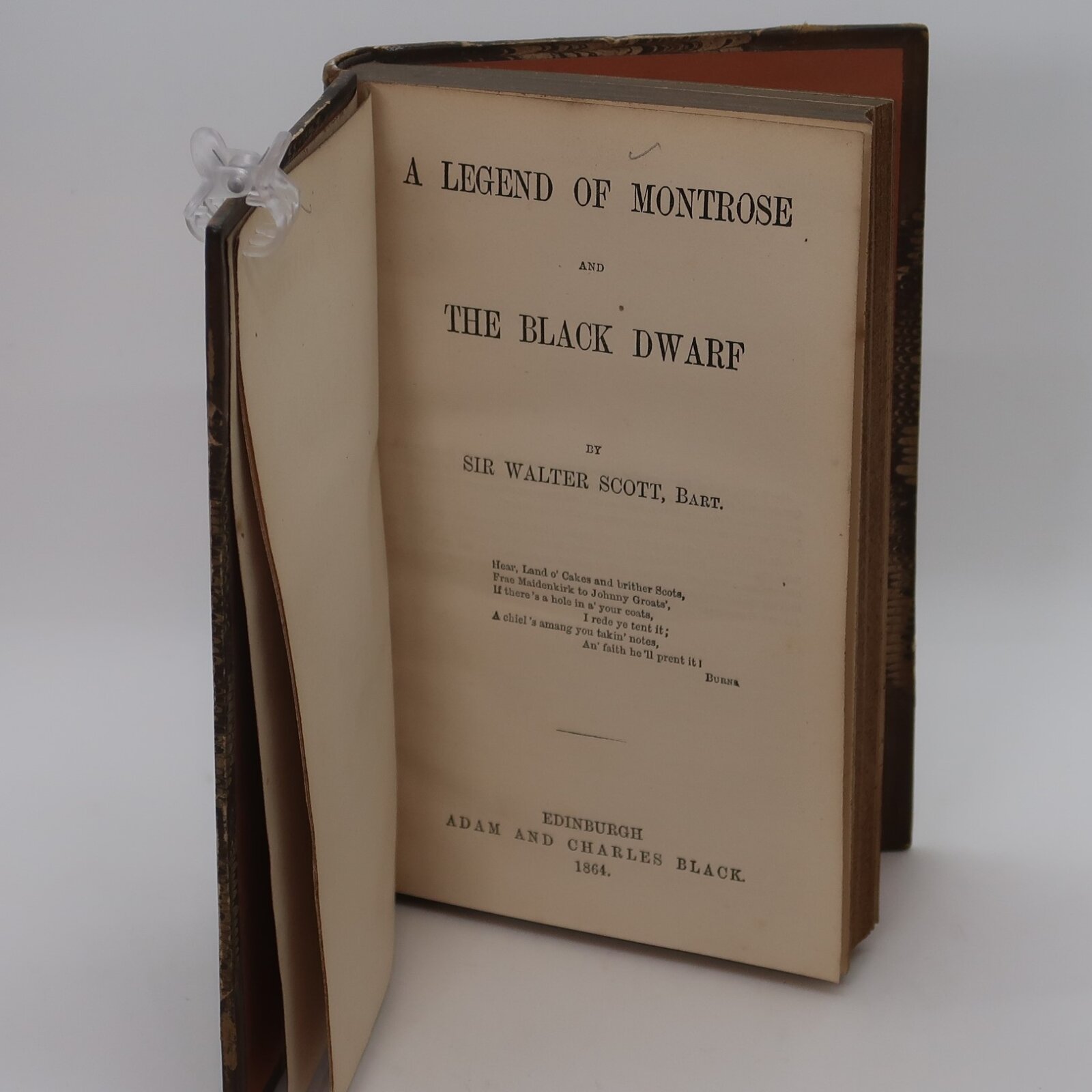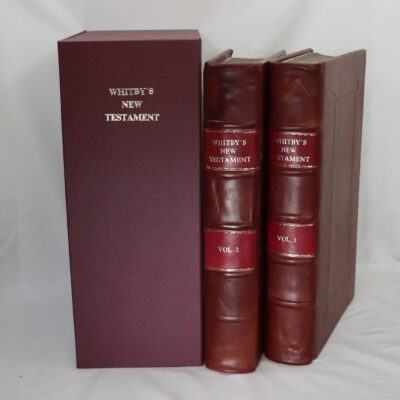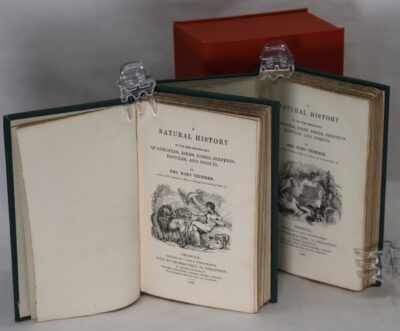Legend of Montrose. Sir Walter Scott.
By Sir Walter Scott
Printed: 1863
Publisher: Adam & Charles Black. Edinburgh
| Dimensions | 11 × 17 × 2.5 cm |
|---|---|
| Language |
Language: English
Size (cminches): 11 x 17 x 2.5
Condition: Fine (See explanation of ratings)
Item information
Description
Tan Leather binding with green title plate, gilt banding and lettering on the spine. Brown marbled boards. of a set.
A Legend of Montrose is an historical novel by Sir Walter Scott, set in Scotland in the 1640s during the English Civil War. It forms, along with The Bride of Lammermoor, the 3rd series of Scott’s Tales of My Landlord. The two novels were published together in 1819.
A Legend of the Wars of Montrose was composed during May 1819, immediately after the completion of its companion novel The Bride of Lammermoor though it had been envisaged before the Bride was begun. Scott was still recovering from his serious illness of March 1819 and it is likely that the greater part of the new novel was dictated to John Ballantyne and William Laidlaw, though the manuscript for most of Chapters 3 to 6 is extant in his own hand.
The first edition of Tales of my Landlord (Third Series), consisting of The Bride of Lammermoor and A Legend of Montrose (the title reluctantly accepted by Scott), was published by Archibald Constable in Edinburgh on 21 June 1819 and in London by Longman, Hurst, Rees, Orme, and Brown on the 26th. As with all of the Waverley novels before 1827 publication was anonymous. The print run was probably 10,000 and the price was £1 12s (£1.60). Scott appears to have made some small changes to the text of Montrose when it appeared later that year in the Novels and Tales, but his main revision was carried out in late 1829 and early 1830 for the ‘Magnum’ edition, including the provision of notes and an introduction: it appeared as Volume 15 in August 1830.
The standard modern edition, by J. H. Alexander, was published under Scott’s preferred title A Legend of the Wars of Montrose as Volume 7b of the Edinburgh Edition of the Waverley Novels in 1993: this is based on the first edition with emendations principally from Scott’s manuscript; the new Magnum material is included in Volume 25a.
The story takes place during the Earl of Montrose’s 1644-5 military campaign in Scotland on behalf of King Charles I against the Covenanters who had sided with the English Parliament in the English Civil War.
The main plot concerns a love triangle between Allan M’Aulay, his friend the Earl of Menteith, and Annot Lyle. Annot is a young woman who has been brought up by the M’Aulays since being captured as a girl during a blood feud against the MacEagh clan (also known as the Children of the Mist). M’Aulay and Menteith are both members of Montrose’s army. Annot eventually marries Menteith after it is discovered that she has aristocratic blood, and was kidnapped by the MacEaghs as a baby. This leads to the jealous M’Aulay stabbing Menteith and then fleeing Montrose’s army. Menteith survives whilst M’Aulay disappears and is rumoured to have been killed by the MacEaghs.
A large section of the novel is taken up with a subplot involving an expedition into enemy territory by Dugald Dalgetty, an experienced mercenary fighting for Montrose. Dalgetty does not fight out of political or religious conviction, but purely for the love of carnage. However, he is very professional, and remains loyal to an employer to the end of his contract. He gained his experience fighting for various armies during the Thirty Years’ War (1618-48), then still raging in Germany. Dalgetty is regarded as one of Scott’s finest comic characters, however Scott admitted that he dominated too much of the story. He wrote in an 1830 introduction to the novel, “Still Dalgetty, as the production of his own fancy, has been so far a favourite with its parent, that he has fallen into the error of assigning to the Captain too prominent a part in the story.”
Sir Walter Scott, 1st Baronet FRSE FSAScot (15 August 1771 – 21 September 1832), was a Scottish historical novelist, poet, playwright and historian. Many works remain classics of European and Scottish literature, notably the novels Ivanhoe, Rob Roy, Waverley, Old Mortality, The Heart of Mid-Lothian and The Bride of Lammermoor, and the narrative poems The Lady of the Lake and Marmion. He had a major impact on European and American literature. As an advocate, judge and legal administrator by profession, he combined writing and editing with daily work as Clerk of Session and Sheriff-Depute of Selkirkshire. He was prominent in Edinburgh’s Tory establishment, active in the Highland Society, long a president of the Royal Society of Edinburgh (1820–1832), and a vice president of the Society of Antiquaries of Scotland (1827–1829). His knowledge of history and literary facility equipped him to establish the historical novel genre and as an exemplar of European Romanticism. He became a baronet “of Abbotsford in the County of Roxburgh”, Scotland, on 22 April 1820; the title became extinct on his son’s death in 1847.
Although he continued to be extremely popular and widely read, both at home and abroad, Scott’s critical reputation declined in the last half of the 19th century as serious writers turned from romanticism to realism, and Scott began to be regarded as an author suitable for children. This trend accelerated in the 20th century. For example, in his classic study Aspects of the Novel (1927), E. M. Forster harshly criticized Scott’s clumsy and slapdash writing style, “flat” characters, and thin plots. In contrast, the novels of Scott’s contemporary Jane Austen, once appreciated only by the discerning few (including, as it happened, Scott himself) rose steadily in critical esteem, though Austen, as a female writer, was still faulted for her narrow (“feminine”) choice of subject matter, which, unlike Scott, avoided the grand historical themes traditionally viewed as masculine.
Nevertheless, Scott’s importance as an innovator continued to be recognised. He was acclaimed as the inventor of the genre of the modern historical novel (which others trace to Jane Porter, whose work in the genre predates Scott’s) and the inspiration for enormous numbers of imitators and genre writers both in Britain and on the European continent. In the cultural sphere, Scott’s Waverley novels played a significant part in the movement (begun with James Macpherson’s Ossian cycle) in rehabilitating the public perception of the Scottish Highlands and its culture, which had been formerly been viewed by the southern mind as a barbaric breeding ground of hill bandits, religious fanaticism, and Jacobite risings.
Scott served as chairman of the Royal Society of Edinburgh and was also a member of the Royal Celtic Society. His own contribution to the reinvention of Scottish culture was enormous, even though his re-creations of the customs of the Highlands were fanciful at times. Through the medium of Scott’s novels, the violent religious and political conflicts of the country’s recent past could be seen as belonging to history—which Scott defined, as the subtitle of Waverley (“‘Tis Sixty Years Since”) indicates, as something that happened at least 60 years earlier. His advocacy of objectivity and moderation and his strong repudiation of political violence on either side also had a strong, though unspoken, contemporary resonance in an era when many conservative English speakers lived in mortal fear of a revolution in the French style on British soil. Scott’s orchestration of King George IV’s visit to Scotland, in 1822, was a pivotal event intended to inspire a view of his home country that, in his view, accentuated the positive aspects of the past while allowing the age of quasi-medieval blood-letting to be put to rest, while envisioning a more useful, peaceful future.
After Scott’s work had been essentially unstudied for many decades, a revival of critical interest began in the middle of the 20th century. While F. R. Leavis had disdained Scott, seeing him as a thoroughly bad novelist and a thoroughly bad influence (The Great Tradition [1948]), György Lukács (The Historical Novel [1937, trans. 1962]) and David Daiches (Scott’s Achievement as a Novelist [1951]) offered a Marxian political reading of Scott’s fiction that generated a great deal of genuine interest in his work. These were followed in 1966 by a major thematic analysis covering most of the novels by Francis R. Hart (Scott’s Novels: The Plotting of Historic Survival). Scott has proved particularly responsive to Postmodern approaches, most notably to the concept of the interplay of multiple voices highlighted by Mikhail Bakhtin, as suggested by the title of the volume with selected papers from the Fourth International Scott Conference held in Edinburgh in 1991, Scott in Carnival. Scott is now increasingly recognised not only as the principal inventor of the historical novel and a key figure in the development of Scottish and world literature, but also as a writer of a depth and subtlety who challenges his readers as well as entertaining them.
Want to know more about this item?
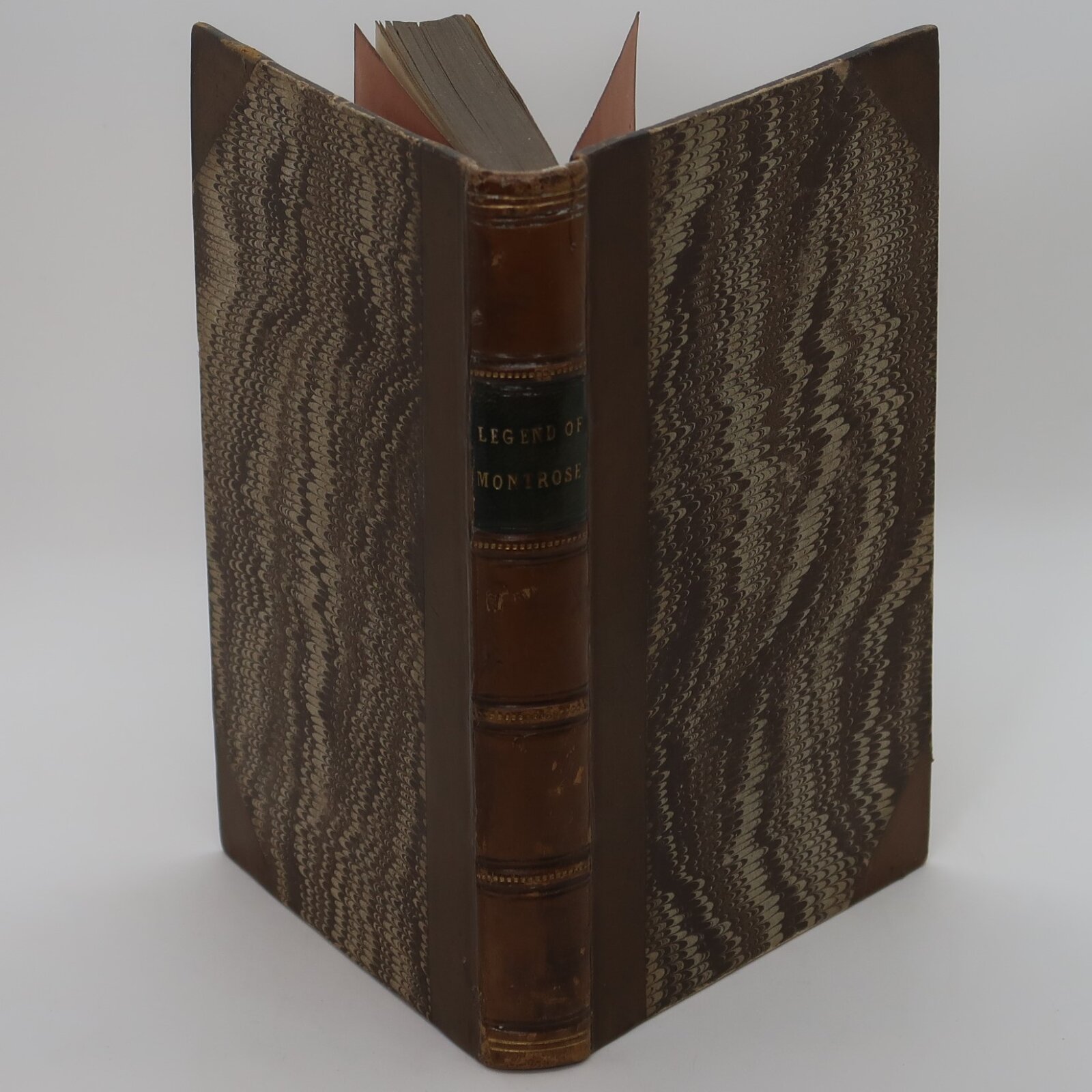
Related products
Share this Page with a friend

